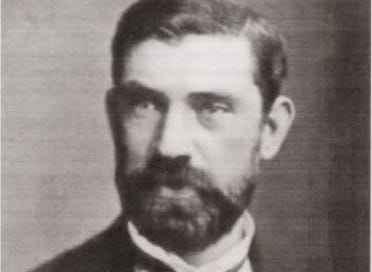In the realm of common knowledge, it is stated that Thomas Edison invented the light bulb. Well, as with so many things in history, that is only partly true.
There was a man named Henry Woodward, a Canadian born in 1832, who was a major pioneer in the development of the world-changing invention.
Woodward and Matthew Evans, a hotel keeper in Toronto, were experimenting with a battery and induction coil. One winter evening in 1873, they noticed the light created by a spark at the contact post. It was bright enough that Evans could see the time on his watch.
Woodward wrote,
“If one could only confine that in a globe of some sort, what an invention we would have.”
At the time, Woodward was a medical student and he devised a light bulb that was in a glass tube with a large piece of carbon connected to two wires.
The tube was then filed with nitrogen to have a longer burn life.
Their prototype proved to be better than any form of electric light developed before. It should be noted that several earlier inventors including Marcellin Jobard in 1838 and Joseph Swan in 1860, had begun the process of developing a light bulb. These early light-bulbs were not efficient or long-lasting.
They took their invention to financiers at the Morrison Brass Foundry. Evans wrote,
“Woodward closed the switch and gradually we saw the carbon become first red and gradually lighter and lighter in colour until it beamed forth in beautiful light. This was the most exciting moment of my experience.”
On July 24, 1874, they filed a patent application on their electric light bulb. The patent was granted soon after on Aug. 3, 1874 as Canadian Patent Number 3,788.
Their invention was awarded U.S. Patent 181,613 in 1876.
Unfortunately, any attempt at finding investors came to nothing. Eventually Woodward moved to England, while Evans was unable to continue research.
The light bulb caught the attention of Thomas Edison, who was making his own investigations into creating a light bulb. The men decided to sell their rights to the U.S. Patent to Edison. He bought it for $5,000, or about $250,000 today.
With the exclusive licence to the patent, Edison developed his own design of the incandescent lamp, which used a high-resistance thin filament of carbon in a high vacuum. This gave the light bulb a longer life and it was more commercial viable.
Today, Edison is called the inventor of the light bulb, while Evans and Woodward are mostly forgotten to history.





